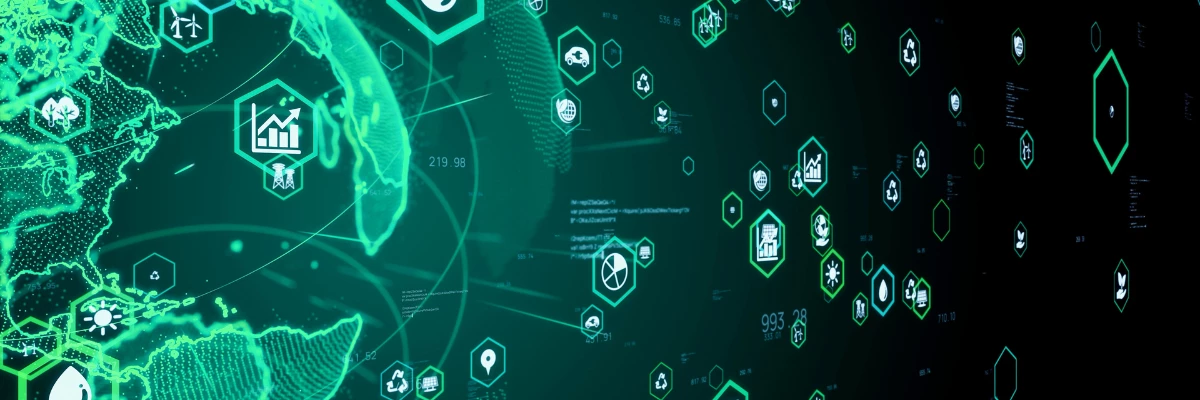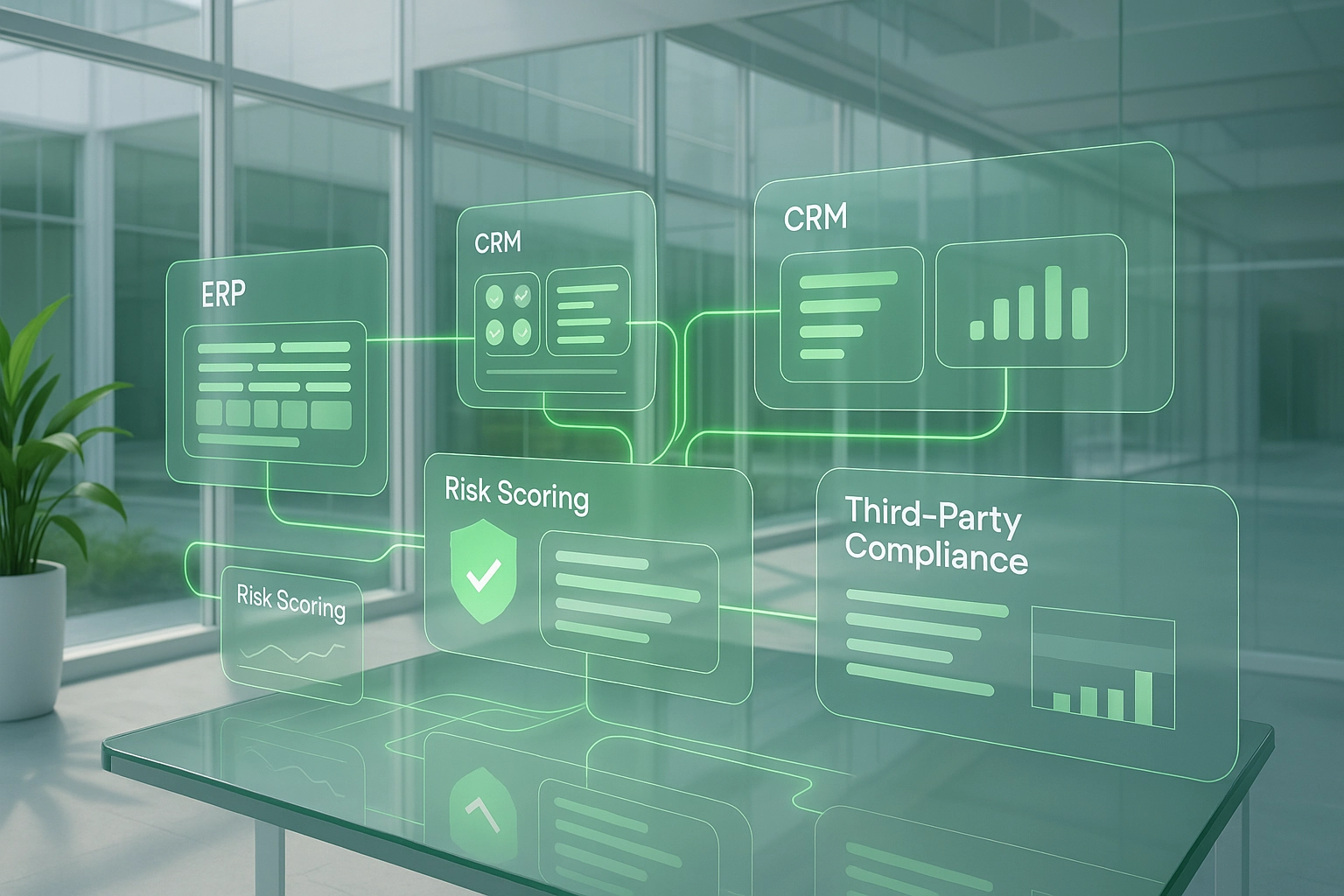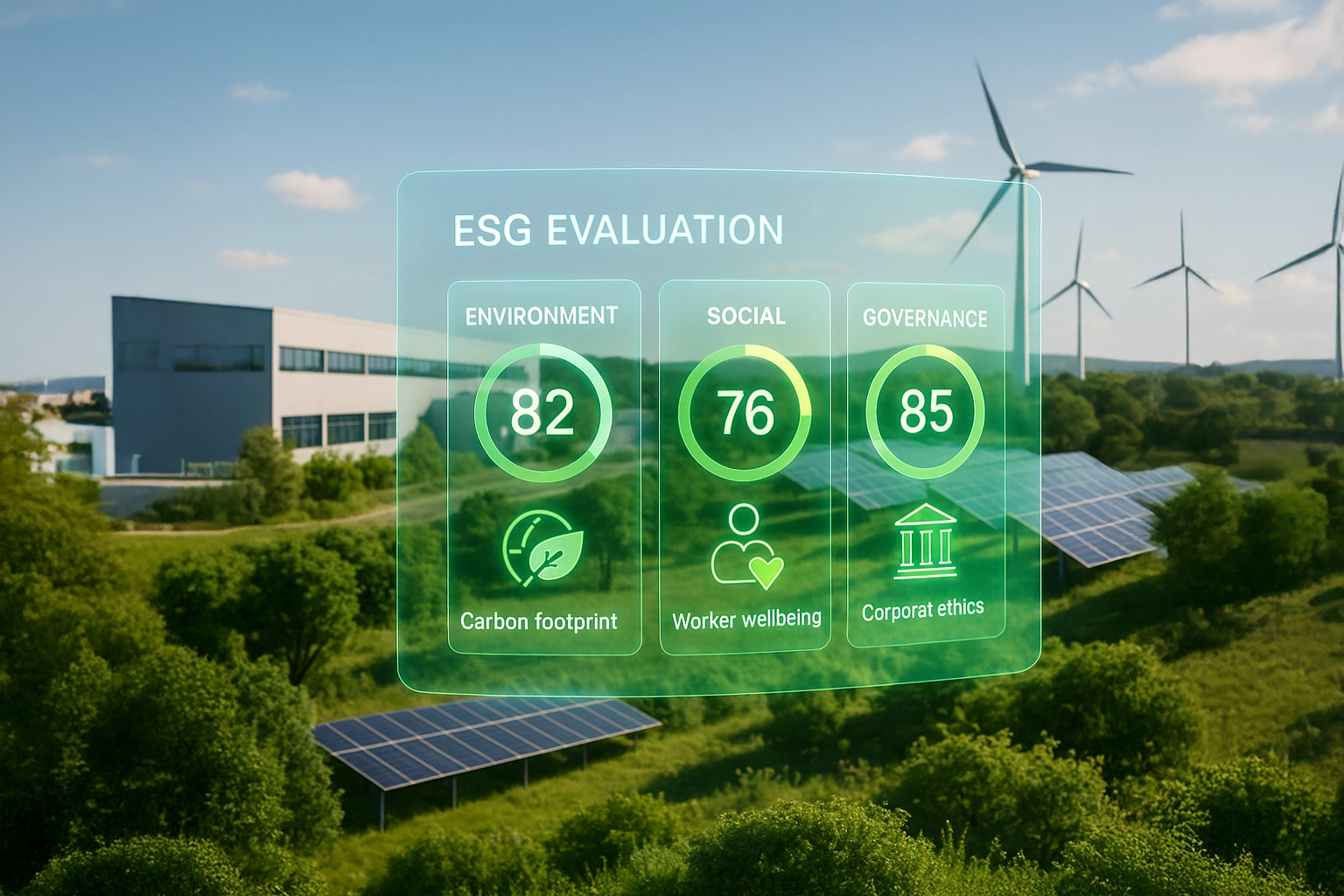Supplier Due Diligence: A Key Pillar in Risk Management

Supplier due diligence has become a critical component of third-party governance in a context where nearly 50% of mergers fail due to inadequate partner assessment. This structured approach to collaborative evaluation enables organizations to build operational resilience while ensuring regulatory compliance.
The due diligence process is based on a proven methodology of gathering and analyzing third-party information. It systematically covers six critical domains of expertise: Legal and documentary compliance, financial compliance, cybersecurity, business ethics, environmental compliance, and human rights.
With increasing complexity in supply chains—especially in regulated sectors like ICPE industry (classified facilities for environmental protection), construction, distribution, and the public sector—the objective is twofold: ensure operational resilience and optimal regulatory compliance.
What is Supplier Due Diligence?
Supplier due diligence is a structured process of collaborative evaluation that enables effective third-party governance. This methodology relies on in-depth analysis of partners using objective criteria to assess their risk profile and operational maturity.
In a context where 59% of partnerships fail due to insufficient risk assessment, due diligence emerges as a pillar of operational resilience. It enables organizations to:
- Map potential risks before engagement
- Ensure ongoing regulatory compliance
- Strengthen supply chain resilience
Learn more about our approach to third-party governance on our collaborative evaluation platform.
Key Steps in Supplier Due Diligence
1. Preparatory Phase and Document Collection
The first step involves methodically gathering all legal, financial, and operational documents from the third party. The scope of investigation depends on the sector and specific risks:
- Construction: EN 1090 certifications and site compliance
- Industry: ICPE and REACH certifications
- Distribution: marketplace and e-commerce compliance
2. Data Analysis and Risk Assessment
The collaborative evaluation involves a structured analysis based on objective criteria. This step determines the third party’s risk profile based on:
- Geographic location
- Industry sector
- Use of subcontractors
- Ownership structure
3. Ongoing Monitoring
Beyond initial evaluation, collaborative partner management requires ongoing monitoring to detect significant changes in risk profile. This continuous tracking helps:
- Validate sector certification renewals
- Track key financial indicators
- Anticipate regulatory developments
Thus, collaborative evaluation provides a strong foundation for sustainable partnerships while ensuring compliance and operational resilience.
Benefits of Structured Third-Party Governance
Structured collaborative evaluation yields measurable benefits for organizations. Notably, 85% of companies report that 360-degree evaluations have a positive impact.
Operational Optimization and Resilience
Effective third-party governance enables anticipation and mitigation of disruptions. In industry, continuous monitoring of ICPE partners ensures business continuity and compliance. In distribution, real-time tracking of logistics partners helps prevent supply disruptions.
Reputation Protection and Compliance
Third-party actions can significantly impact brand image. The public sector, particularly sensitive to this, ensures transparency in its evaluation procedures. One study shows 26% of third-party cybersecurity incidents lead to reputational damage.
Financial and Regulatory Control
Regular collaborative evaluation helps anticipate potential difficulties. In construction, ongoing validation of subcontractor certifications (EN 1090) ensures site compliance and prevents costly non-conformities. In distribution, constant marketplace and health standard monitoring supports regulatory adaptation.
Discover how Aprovall strengthens partnerships and simplifies third-party evaluations.
Adopting a Sector-Specific Due Diligence Approach
Implementing effective collaborative evaluation requires a structured and adaptive methodology tailored to each organization’s needs.
Sector-Specific Customization
Due diligence must align with each sector’s unique challenges. Key focus areas include:
Public Sector
- Enhanced compliance with public procurement
- Transparent evaluation procedures
- Monitoring of public subcontractors
Construction and BTP
- Multi-tier stakeholder management
- Validation of EN 1090 certifications
- Compliance with environmental site standards
Industry
- REACH risk mapping
- ICPE compliance
- Quality process evaluation
Distribution
- Marketplace and e-commerce compliance
- Real-time logistics monitoring
- Health standard validation
Technology Integration and Automation
Advanced technologies are transforming third-party collaboration into a more efficient and reliable process. Modern solutions offer:
Predictive Analysis
- Automated anomaly detection in documents
- Continuous risk indicator evaluation
- Real-time alerts for critical changes
Intelligent Workflows
- Automated evaluation processes
- Real-time multi-source monitoring
- Generation of detailed analytical reports
This creates a solid foundation for long-term partnerships and robust operational resilience. Integrating AI into evaluation processes allows for the efficient processing of over 60 international databases for comprehensive risk analysis.
Supplier Audits as a Complementary Tool
Collaborative evaluation is enhanced by supplier audits that verify adherence to quality and compliance standards, particularly ISO norms. Three main audit types apply:
- System audit: Evaluates the partner’s overall management system, essential in the public sector
- Process audit: Focuses on critical processes, especially in industry for ICPE and REACH compliance
- Product audit: Assesses technical specification compliance, vital for distribution marketplaces
Optimizing Frequency and Depth
Evaluation planning should consider key factors:
Prioritization Criteria:
- Product/service complexity
- Partner performance history
- Operational criticality
Evaluation Cycle:
Audit frequency should match the partner’s risk profile. Recommendations include:
- Annual audit minimum for strategic partners
- Semi-annual audits for highly regulated sectors like construction
- Continuous monitoring for critical industrial activities
Depth of Analysis:
Evaluation intensity depends on:
- Identified risk level
- Regulatory requirements
- Partnership maturity
Conclusion
Third-party governance has become a strategic imperative for modern organizations. Collaborative evaluation, focused on six critical areas, builds lasting operational resilience while ensuring compliance.
This structured methodology yields tangible benefits across sectors:
- Public sector: Transparency and procurement compliance
- Industry: Secure supply chains and ICPE/REACH compliance
- Construction: Certified stakeholders and site compliance
- Distribution: Marketplace and e-commerce regulatory alignment
With AI and intelligent workflows, due diligence becomes more efficient and trustworthy. These advances enable comprehensive risk analysis across 60+ global data sources.
In a context where 73% of companies now prioritize this methodology to strengthen operational resilience, third-party governance is a key driver of sustainable, resilient partnerships.
Ready to unlock the full potential of your third-party relationships?
These articles might interest you
-
 14 September 2024Aprovall supports you in your new due diligence obligations arising from the European CS3D Directive.SolutionsThe Corporate Sustainability Due Diligence Directive, known as “CS3D”, was definitively adopted on Wednesday, April 24, 2024, by the European Parliament. The directive now needs to be officially approved by the Council and signed before being published in the EU Official Journal. It will enter into force 20 days later. Member States will then have […]
14 September 2024Aprovall supports you in your new due diligence obligations arising from the European CS3D Directive.SolutionsThe Corporate Sustainability Due Diligence Directive, known as “CS3D”, was definitively adopted on Wednesday, April 24, 2024, by the European Parliament. The directive now needs to be officially approved by the Council and signed before being published in the EU Official Journal. It will enter into force 20 days later. Member States will then have […]Read more
-
 02 April 2025Understanding Scope 3 Assessment in the Value ChainSolutionsAnticipating Your Carbon Footprint by Assessing Suppliers and Identifying Scope 3 Maturity In a context where third-party environmental governance is becoming a major strategic issue, companies must now evaluate and manage the carbon impact of their entire value chain. Scope 3 assessment represents a considerable but essential challenge to ensure organizations’ operational resilience in the […]
02 April 2025Understanding Scope 3 Assessment in the Value ChainSolutionsAnticipating Your Carbon Footprint by Assessing Suppliers and Identifying Scope 3 Maturity In a context where third-party environmental governance is becoming a major strategic issue, companies must now evaluate and manage the carbon impact of their entire value chain. Scope 3 assessment represents a considerable but essential challenge to ensure organizations’ operational resilience in the […]Read more
-
 30 January 2025Integrating Information Systems into TPRM PlatformsSolutionsIntegrating information systems into TPRM platforms has become a major strategic issue for organizations. A recent study reveals that 41% of companies experienced a serious third-party breach in the past 12 months, underlining the urgency to adopt robust third-party governance solutions. In this context, Third-Party Risk Management (TPRM)platforms are evolving to offer a more collaborative and […]
30 January 2025Integrating Information Systems into TPRM PlatformsSolutionsIntegrating information systems into TPRM platforms has become a major strategic issue for organizations. A recent study reveals that 41% of companies experienced a serious third-party breach in the past 12 months, underlining the urgency to adopt robust third-party governance solutions. In this context, Third-Party Risk Management (TPRM)platforms are evolving to offer a more collaborative and […]Read more
-
 14 March 2025Integrating ESG Criteria into Supplier EvaluationSolutionsIntegrating environmental, social, and governance (ESG) criteria into the evaluation of third-party partners has become essential for companies seeking to strengthen their operational resilience and promote sustainable development. These criteria make it possible to analyze not only economic performance but also the environmental and social impact of business relationships. According to a recent McKinsey study, […]
14 March 2025Integrating ESG Criteria into Supplier EvaluationSolutionsIntegrating environmental, social, and governance (ESG) criteria into the evaluation of third-party partners has become essential for companies seeking to strengthen their operational resilience and promote sustainable development. These criteria make it possible to analyze not only economic performance but also the environmental and social impact of business relationships. According to a recent McKinsey study, […]Read more
